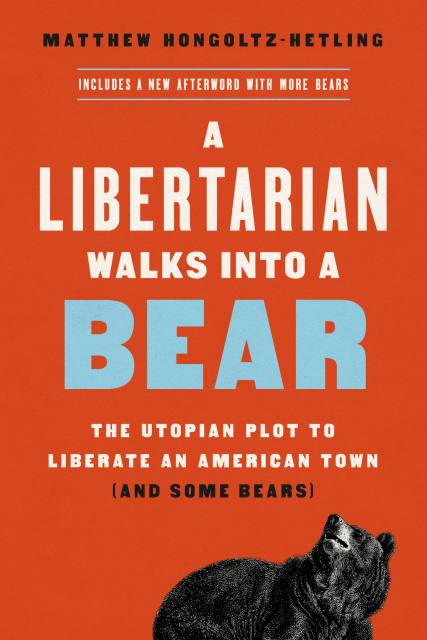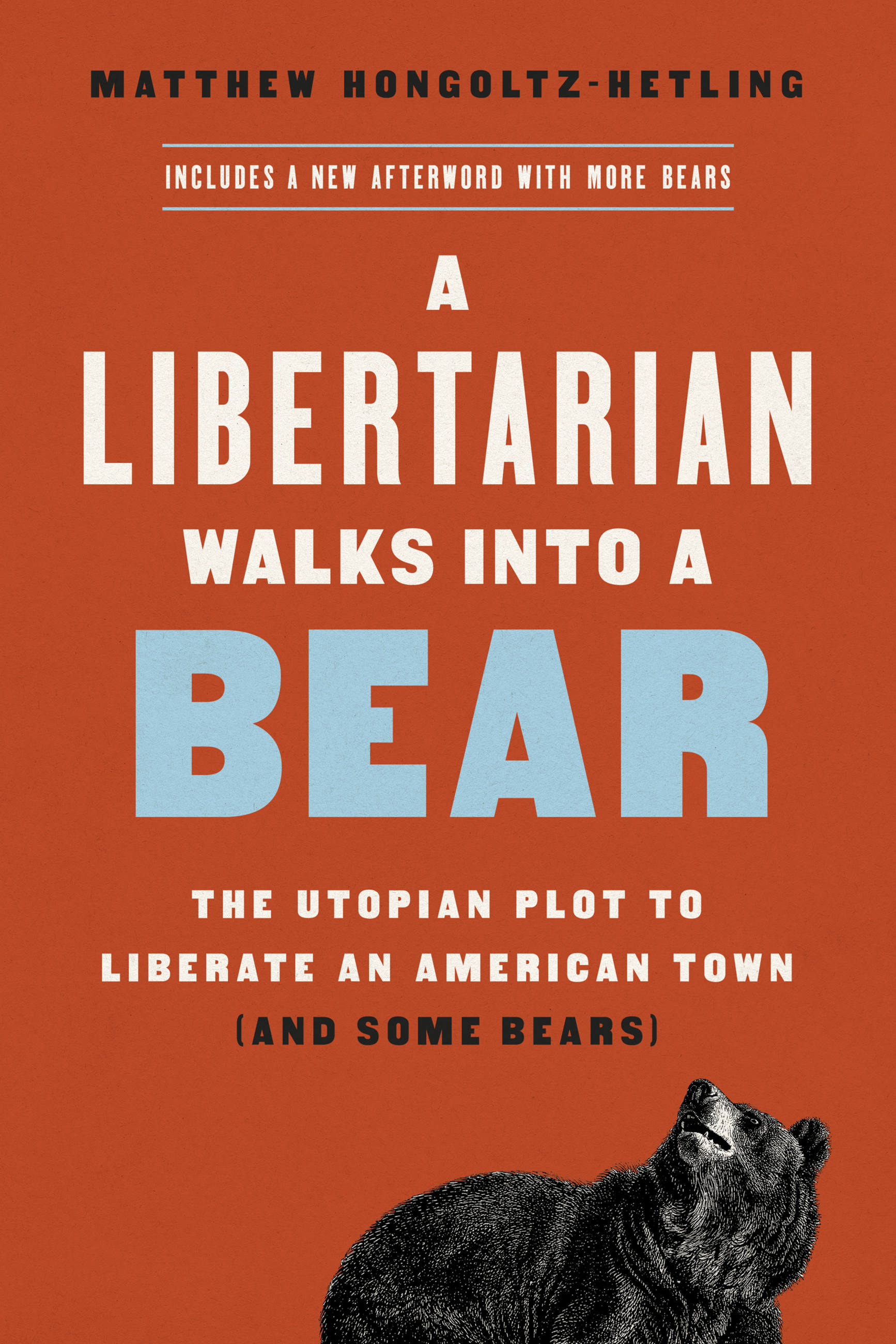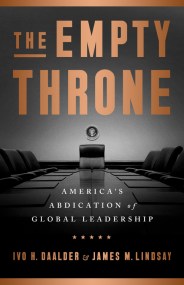Promotion
Use code MOM24 for 20% off site wide + free shipping over $45
A Libertarian Walks Into a Bear
The Utopian Plot to Liberate an American Town (And Some Bears)
Contributors
Formats and Prices
Price
$12.99Price
$16.99 CADFormat
Format:
- ebook $12.99 $16.99 CAD
- Hardcover $28.00 $35.00 CAD
- Audiobook Download (Unabridged)
- Trade Paperback $19.99 $25.99 CAD
This item is a preorder. Your payment method will be charged immediately, and the product is expected to ship on or around September 15, 2020. This date is subject to change due to shipping delays beyond our control.
Also available from:
Once upon a time, a group of libertarians got together and hatched the Free Town Project, a plan to take over an American town and completely eliminate its government. In 2004, they set their sights on Grafton, NH, a barely populated settlement with one paved road.
When they descended on Grafton, public funding for pretty much everything shrank: the fire department, the library, the schoolhouse. State and federal laws became meek suggestions, scarcely heard in the town’s thick wilderness.
The anything-goes atmosphere soon caught the attention of Grafton’s neighbors: the bears. Freedom-loving citizens ignored hunting laws and regulations on food disposal. They built a tent city in an effort to get off the grid. The bears smelled food and opportunity.
A Libertarian Walks Into a Bear is the sometimes funny, sometimes terrifying tale of what happens when a government disappears into the woods. Complete with gunplay, adventure, and backstabbing politicians, this is the ultimate story of a quintessential American experiment — to live free or die, perhaps from a bear.
Genre:
-
"[A] witty and precisely observed debut....Hongoltz-Hetling skillfully probes shortcomings and ironies in the libertarian philosophy....The result is an entertaining and incisive portrait of political ideology run amok."Publishers Weekly
-
"An entertaining sendup of idealistic politics and the fatal flaws of overweening self-interest."Kirkus
-
"[Hongoltz-Hetling] reconstructs a remarkable, and remarkably strange, episode in recent history....The resulting narrative is simultaneously hilarious, poignant, and deeply unsettling."The New Republic
-
"Every once in a while, a book comes along that is so darkly comedic, with such a defined sense of place and filled with characters that range from the fascinating to the bizarre to the earnest, that partway through reading, it hits you: This has got to become a Coen brothers movie...Hongoltz-Hetling is a master of the turn of phrase. His voice is breezy and critical, with a finely tuned eye aimed at the absurdities as well as at the earnestness of the Free Town Project."Star Tribune
-
"Since the beginning, Americans have been fighting about the balance between individual liberty and the common good. Hongoltz-Hetling shows what can happen when one rural New Hampshire town went to the libertarian extreme in this madcap tale that zig-zags between tragedy and farce, with the possibility of being eaten."Colin Woodard, New York Times-bestselling author of American Nations and Union
-
"A Libertarian Walks Into a Bear is a finely drawn portrait of one freedom-loving town, and a joyful romp through the dark corners of the American psyche. Matthew Hongoltz-Hetling is a gifted writer with a high-powered radar for the strange details of American life. He skillfully portrays the dreamers and eccentrics who populate Grafton, and the bears lurking just beyond its treelines. At turns hilarious and alarming, this story had me firmly in its jaws from the opening pages."Evan Ratliff, author of The Mastermind
-
"Matthew Hongoltz-Hetling's wild and wonderful blend of small-town America and large-scale ideals, imparted with humor and insight reminiscent of Sarah Vowell and Bill Bryson, is an unpredictable and endlessly fascinating feat of immersive reporting, filled with singular characters and doughnut-eating bears."Michael Finkel, bestselling author of The Stranger in the Woods
- On Sale
- Sep 15, 2020
- Page Count
- 288 pages
- Publisher
- PublicAffairs
- ISBN-13
- 9781541788480
Newsletter Signup
By clicking ‘Sign Up,’ I acknowledge that I have read and agree to Hachette Book Group’s Privacy Policy and Terms of Use







